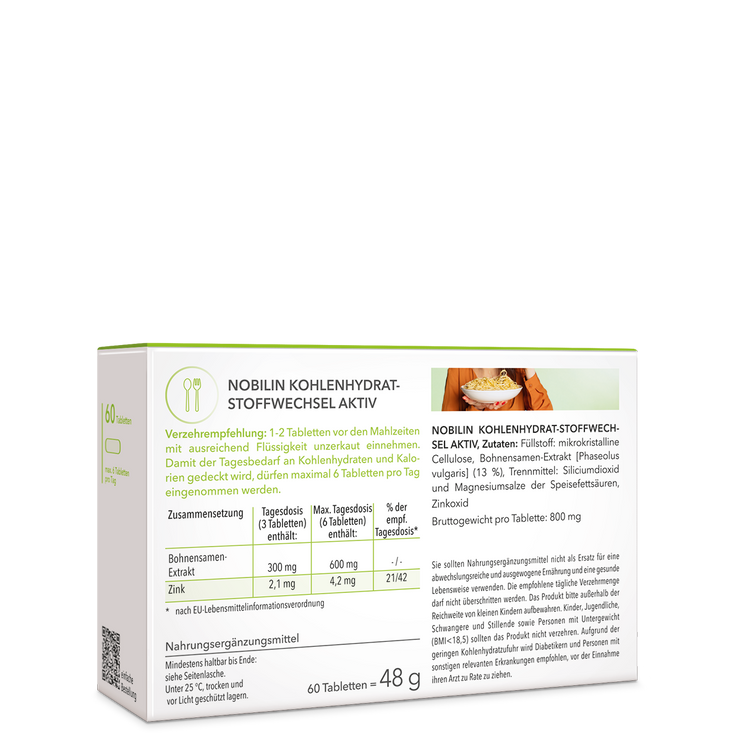Natural skin protection
As well asLycopenecanAstaxanthinthe naturalskin protectionserve.intense sun exposureFree radicals are increasingly formed in the skin. This can lead to damage andpremature skin agingA particularly good source of astaxanthin is high-qualityKrill oil. It is extracted from small crustaceans that are native to the clean waters of Antarctica. Krill oil naturally contains astaxanthin andOmega-3 fatty acids, whichPhospholipidsare bound.
The eye professionals: Lutein and Zeaxanthin
The twoVital substancesLuteinandZeaxanthinare concentrated in the human eye in the "yellow spot", the so-called "macula lutea". This is the area with the highest visual activity in the eye. BothCarotenoidssupport a healthy metabolism, absorb dangerous UV radiation and neutralizeFree radicals.They act like “internal sunglasses”. Numerous studies indicate that both vital substances are helpful in preventingsevere eye diseasesplay an important role, includingCataractand age-related changes in the retina, such as the so-calledMacular degeneration (AMD), which can lead to a loss of vision in old age.Lutein and zeaxanthincannot be produced by the body itself and must be ingested with food. There is scientific evidence that the body can convert the carotenoid lutein into zeaxanthin when needed.Lutein, zeaxanthin and astaxanthinstructurally belong to the same family ofBeta-caroteneThey are found in particularly high concentrations in kale, parsley, spinach, broccoli, lettuce, peas, Brussels sprouts, green beans, corn, raw carrots and tomatoes.
What does “secondary” mean?
There areprimary plant substancessuch as fat, protein and carbohydrates, from which secondary plant substances are produced in the plant's own metabolism (secondary metabolism). In all plant foods such as infruit and vegetablesThey fulfil protective functions such as protection against UV light. They are found on the outer layers of the plants, in the peel and in the outer leaves. Therefore, an apple should be eaten with the peel if possible, as this is where most of thesecondary plant substancesSome secondary plant substances are poisonous to humans in their natural state. Therefore, certain vegetables, such as beans, should not be eaten raw.
Topic: Bioavailability
Secondary plant substances such as carotenoids, whichwith oilare particularly harmful to the human organismbioavailableThis also applies to food supplements containing secondary plant substances dissolved in oil. A particularly good example of this is the 100% natural Krill oil, because this fish oil naturally contains theCarotenoid Astaxanthin.



































































